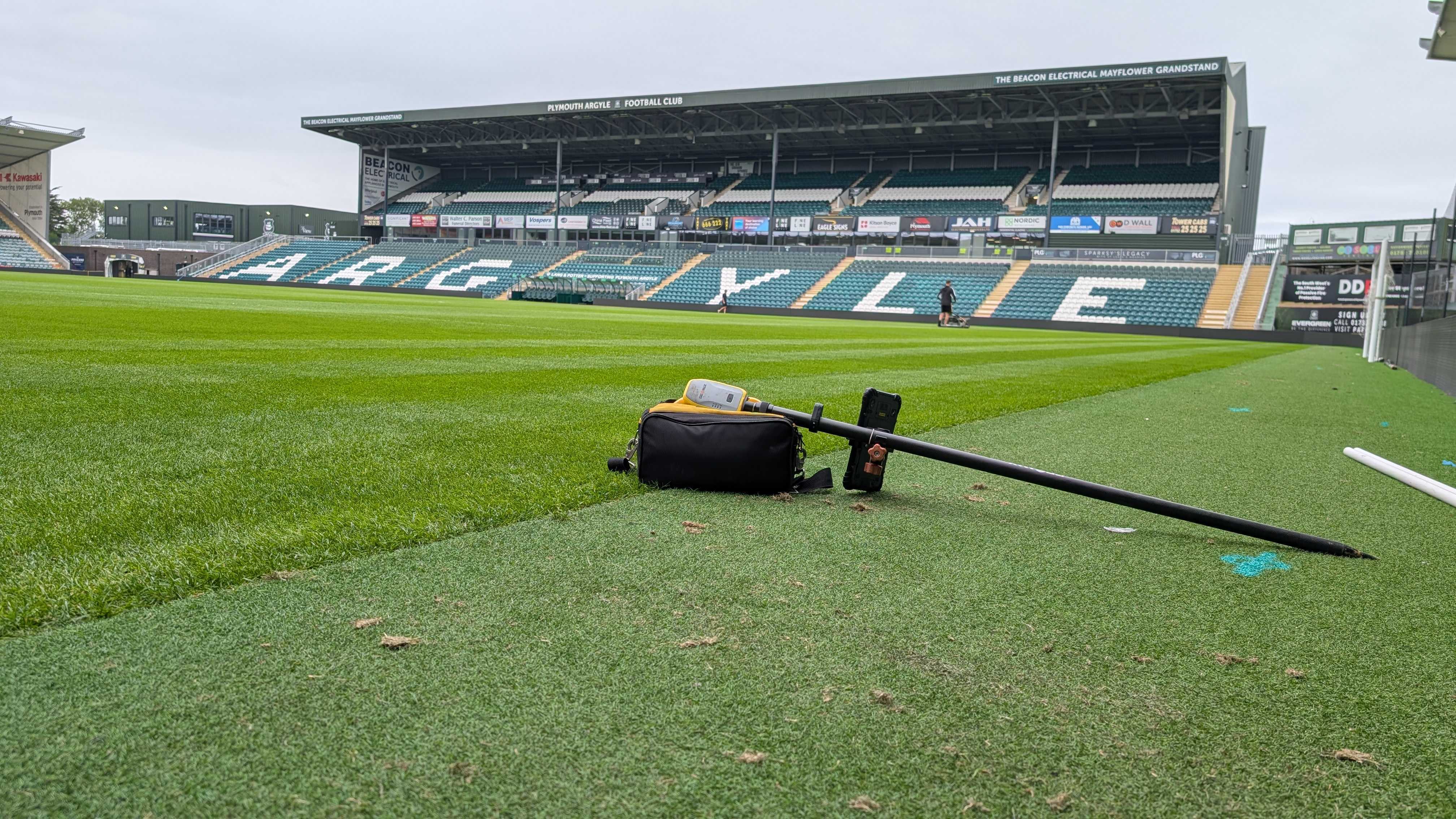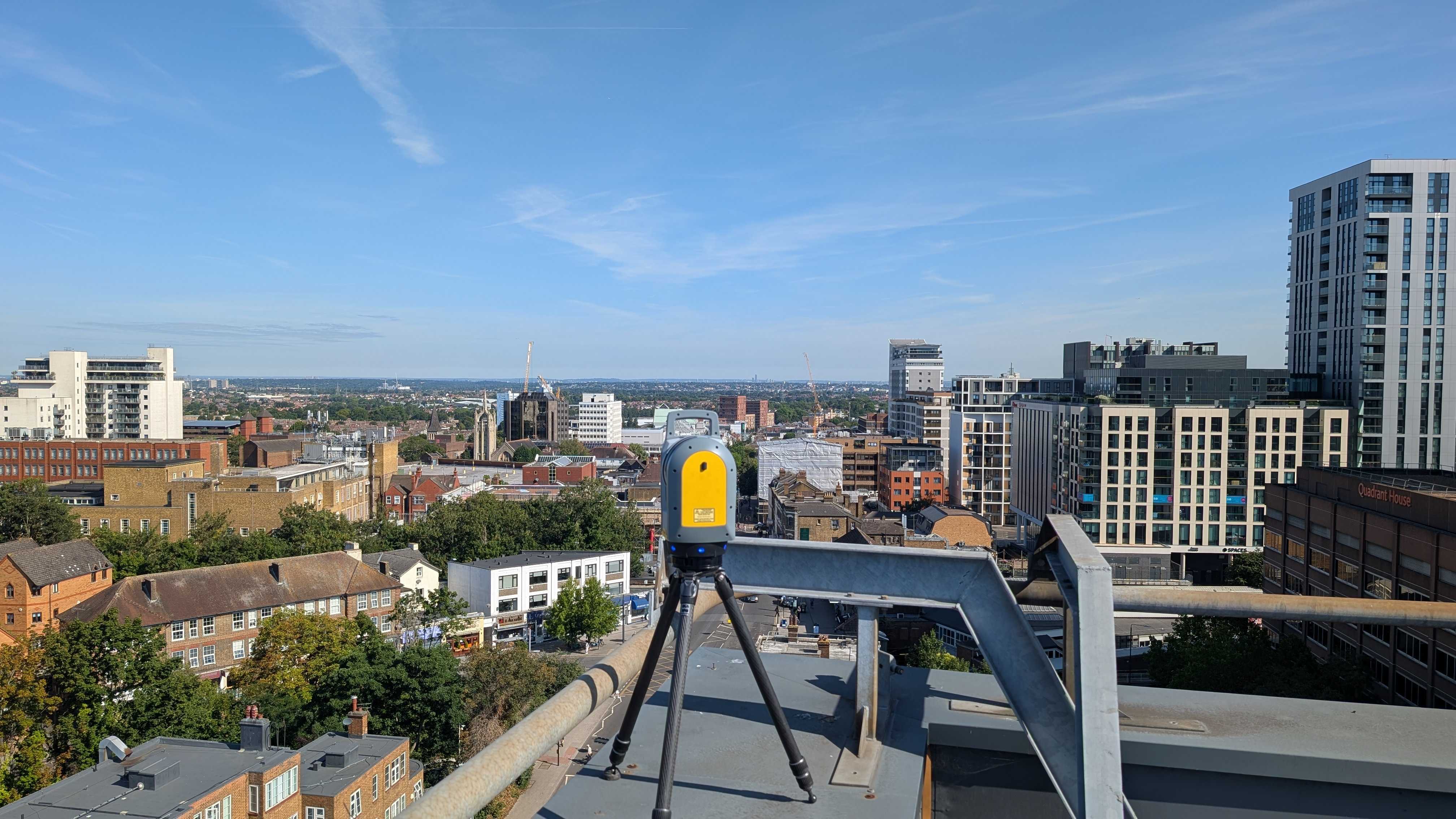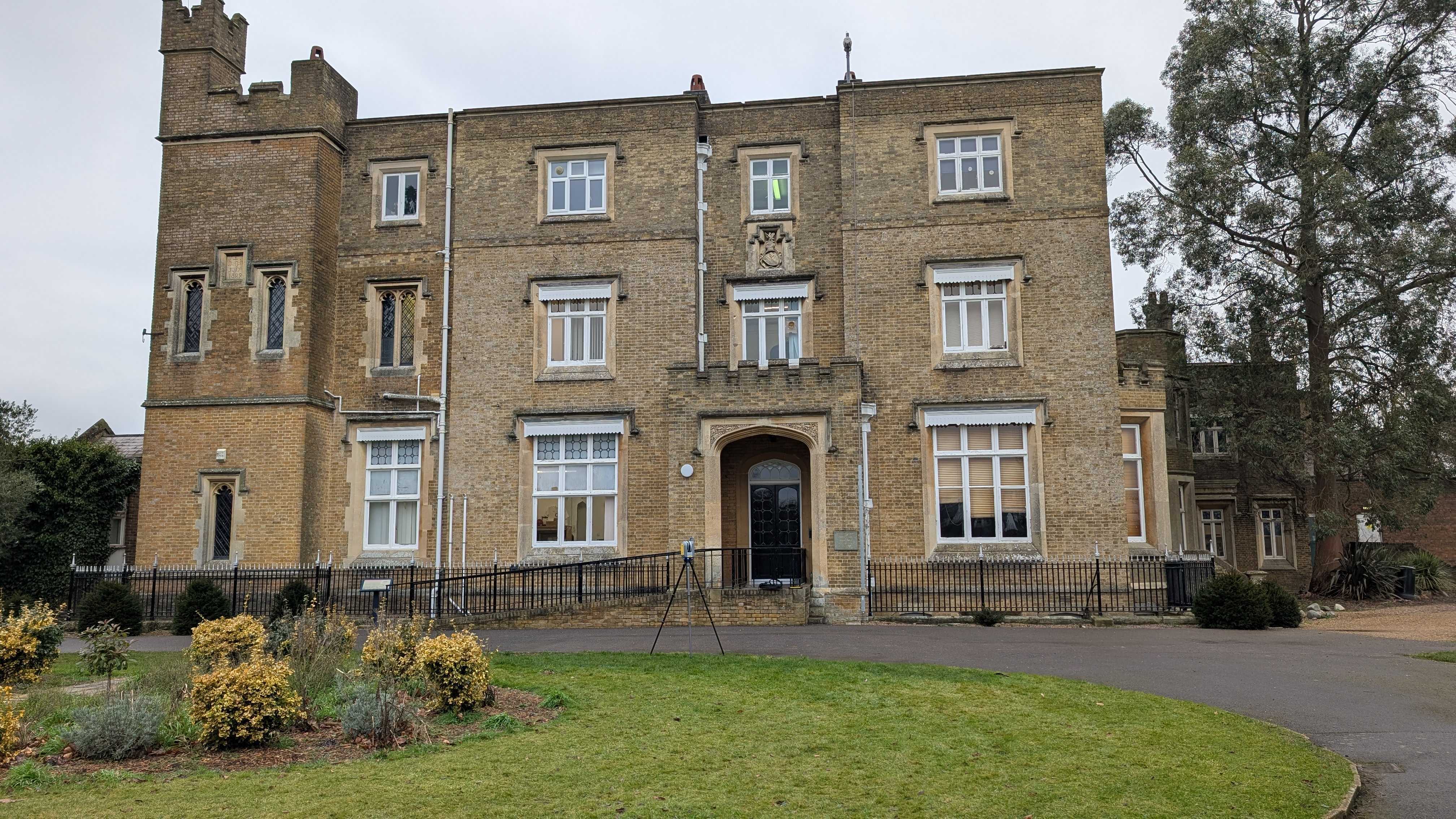Every construction project starts with uncertainty beneath the surface. Hidden utilities, voids, and buried structures can disrupt progress, inflate budgets, and create safety risks. Traditional records rarely provide complete data, and guesswork can result in serious damage or delays.
At Intersect Surveys, we use GPR Surveys to give project teams the clarity they need before breaking ground. This advanced radar-based technique maps underground utilities accurately and without disturbance. In this article, we’ll outline how GPR Surveys support utility mapping, improve decision-making, and reduce risk across every stage of development.
Understanding the Purpose of Utility Mapping
Utility mapping identifies, records, and verifies the exact location of buried infrastructure such as water mains, gas lines, telecommunications cables, and electricity conduits. In modern construction and civil engineering, this process is not just a regulatory requirement, it’s a critical safety and cost-control measure. Before any excavation begins, engineers and contractors rely on accurate utility maps to plan digging paths, position heavy machinery, and protect workers from underground hazards.
Unfortunately, many utility records held by local authorities and utility owners are incomplete or outdated. Some networks were installed decades ago, with no precise digital documentation. Others may have shifted over time due to ground movement or previous construction work. Depending on paper drawings or incomplete data introduces unnecessary risk into an already complex workflow.
That’s where GPR Surveys come in. Ground Penetrating Radar technology allows engineers to locate and visualise underground services directly, creating a clear, real-time map of the subsurface environment. By using electromagnetic radar pulses, GPR Surveys identify variations in soil and material properties that reveal the presence of pipes, cables, or voids. This process fills the information gap left by traditional records and manual detection methods.
What Are GPR Surveys?
Principles of Ground Penetrating Radar
GPR Surveys use radar pulses to detect and image underground features. A transmitter sends high-frequency radio waves into the ground; these waves bounce back when they encounter materials with contrasting properties. The system records these reflections, converting them into visual data that reveals the depth and shape of buried objects.
This technique allows engineers to identify pipes, cables, voids, and other anomalies quickly. Because it’s non-intrusive, the surface remains untouched, making GPR Surveys ideal for both congested urban sites and sensitive environments.
Why They’re Essential for Utility Mapping
Traditional utility mapping often depends on historical records or partial excavations. GPR Surveys provide direct, current information, offering a reliable overview of what lies beneath. The resulting data helps teams avoid dangerous excavation errors and supports accurate planning.
Key Benefits of GPR Surveys in Utility Mapping
1. Non-Intrusive Accuracy
GPR Surveys provide a safe, non-invasive way to locate underground utilities. The radar scans detect metallic and non-metallic materials, including PVC and concrete pipes, which metal detectors cannot identify. This capability gives engineers a comprehensive picture of subsurface conditions before excavation begins.
2. Rapid Data Collection
Speed is one of the defining advantages. Large areas can be surveyed within hours, with processed results available shortly after fieldwork. Fast turnaround supports tight schedules and prevents project delays.
Compared to trial trenches that may take days to complete, GPR Surveys deliver actionable data with minimal disruption.
3. Safety and Compliance
Accidental strikes on underground utilities can cause injuries and serious legal consequences. GPR Surveys dramatically lower that risk by pinpointing the exact location of buried assets. They also help contractors meet regulatory standards for health and safety compliance, demonstrating due diligence before digging.
4. Cost Efficiency
Every avoided utility strike translates into direct savings. A single incident can cost thousands in repairs and downtime. Investing in GPR Surveys before excavation reduces those financial risks. The method requires fewer labour hours and eliminates unnecessary digging, making it one of the most cost-effective approaches to risk prevention.
5. Compatibility with Other Survey Data
Data from GPR Surveys can be integrated with Geographic Information Systems (GIS) or Building Information Modelling (BIM) platforms. This integration enables accurate coordination between surface design and underground infrastructure, simplifying long-term asset management.
Technical Considerations That Affect GPR Performance
Antenna Frequency
High-frequency antennas capture detailed images but only reach shallow depths. Low-frequency antennas penetrate deeper but with lower resolution. Selecting the correct antenna for the project’s depth and precision requirements ensures optimal results.
Soil Type and Moisture
Ground conductivity impacts signal performance. Dry, sandy soils allow deeper penetration, while clay or saline environments may limit radar range. Understanding soil conditions in advance ensures the correct setup and interpretation.
Survey Grid and Data Density
A well-designed survey grid improves coverage and data accuracy. Dense grid spacing captures fine details, revealing small utilities that wider grids might miss. At Intersect Surveys, we plan each GPR Survey layout carefully to balance speed with accuracy.
Comparing GPR Surveys with Traditional Utility Location Methods
|
Method |
Strengths |
Limitations |
|
GPR Surveys |
Detect both metallic and non-metallic utilities, rapid, non-intrusive |
Performance varies by soil type |
|
Electromagnetic Detection |
Quick for conductive targets |
Cannot detect plastic or clay utilities |
|
Trial Excavation |
Direct visual confirmation |
Time-consuming, expensive, disruptive |
This comparison shows that GPR Surveys deliver the best combination of accuracy, efficiency, and safety for most modern construction environments.
Unique Facts About GPR and Utility Mapping
- GPR Surveys can identify targets up to ten metres deep under ideal conditions.
- Dual-frequency systems improve interpretation accuracy by around 30% compared with single-frequency equipment.
- Research shows that incorporating GPR Surveys into planning can reduce utility strikes by more than 60%.
- Integration with GPS provides precise geo-referencing for digital utility maps, supporting long-term infrastructure management.
These statistics reinforce how radar technology is changing best practices across the industry.
The Role of Professional Interpretation
Collecting radar data is only part of the process. The true value of GPR Surveys comes from expert interpretation. Skilled technicians analyse patterns and reflections to distinguish utilities from natural features. Experience allows them to identify false readings and clarify complex results.
At Intersect Surveys, our specialists combine radar data with existing records to deliver verified utility maps that contractors can rely on.
Reducing Project Risk Through Early Detection
Planning errors are among the most expensive problems any construction or civil engineering project can face. Once groundworks begin, unexpected obstacles below the surface can cause serious disruption. Hitting an unrecorded cable or pipeline doesn’t just create repair costs, it halts progress, increases health and safety risks, and triggers a chain of costly schedule delays. Preventing these issues depends on having complete, verified subsurface information before excavation starts.
That’s where GPR Surveys deliver significant value. Conducting radar-based surveys early in the project timeline equips engineers and designers with accurate data about what lies beneath. This information informs the design layout, utility diversions, and excavation strategy. With clear visibility of underground conditions, project teams can make confident decisions about trench routes, foundation depth, and service installation without relying on guesswork.
Integrating GPR Surveys into Digital Workflows
GIS and BIM Applications
Modern engineering projects depend on digital systems for coordination. GPR Surveys integrate seamlessly into GIS and BIM models, allowing teams to visualise underground utilities alongside surface design data.
Improved Collaboration
Sharing accurate subsurface data ensures that designers, contractors, and utility owners work from the same reference model. This alignment reduces errors and change orders during construction.
Frequently Asked Questions
Do GPR Surveys detect all utilities?
They detect metallic and non-metallic utilities, including plastic pipes and fibre-optic cables. Detection depth depends on soil composition and antenna selection.
Can GPR be used on asphalt or concrete?
Yes. GPR Surveys are effective through paved or reinforced surfaces, identifying embedded utilities without removing materials.
What is the accuracy level?
Depth accuracy typically falls within 10–15% of the true value when conducted under suitable conditions.
Are GPR Surveys suitable for small projects?
Yes. The technique scales from single-site assessments to large infrastructure corridors with equal efficiency.
Is data interpretation complex?
Trained professionals interpret radar reflections accurately, ensuring results that can be trusted for decision-making.
Best Practices for Reliable GPR Survey Results
- Conduct a pre-survey assessment: Review soil type and existing utility records.
- Select appropriate frequency: Match antenna type to expected utility depth.
- Maintain consistent grid spacing: Capture data with adequate overlap for full coverage.
- Combine data sources: Merge GPR Survey findings with electromagnetic and record information.
- Validate critical findings: Confirm anomalies through targeted excavation when necessary.
These steps guarantee accuracy and compliance throughout the project lifecycle.
Key Takeaways
- GPR Surveys provide non-intrusive, accurate detection of buried utilities.
- They enhance safety, reduce project costs, and prevent utility strikes.
- Integration with GIS and BIM creates a full digital record of underground assets.
- Soil assessment and proper antenna selection determine success.
- Professional interpretation converts radar data into reliable utility maps.
Plan Your Next Project with Intersect Surveys
Avoid uncertainty and keep your site safe. GPR Surveys from Intersect Surveys give you accurate underground information before excavation begins. Our experienced team delivers rapid, dependable results that help you plan efficiently and comply with industry standards.
Schedule a consultation with Intersect Surveys to discuss your site requirements and see how GPR Surveys can protect your project timeline and budget.







